Dig Deeper: Explore the Differences Between Hydrovac and Traditional Excavation
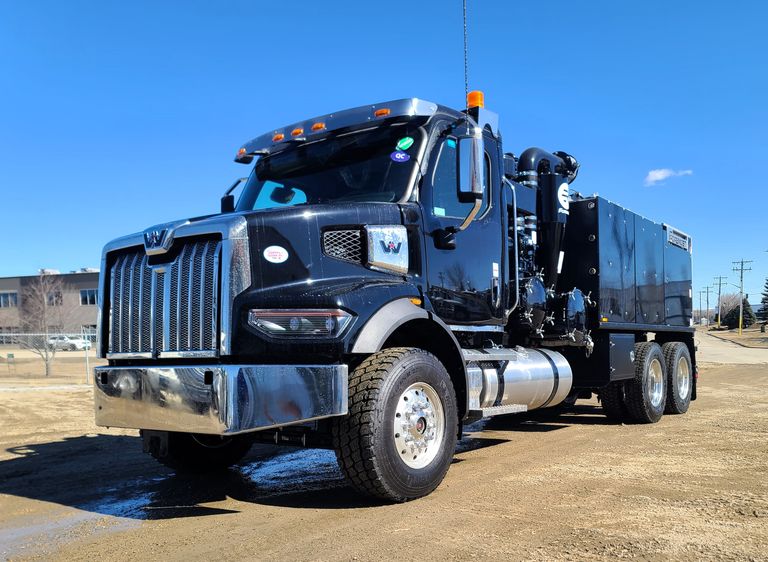
Hydrovac vs traditional excavation: find the method that suits you best
Excavation, or digging, is an essential part of installing utilities and developing infrastructure. Though this task is sometimes tricky, the right tools can make it much simpler. Workers excavate for many reasons: digging out space for a basement, digging prior to installing pipes, and a host of other construction jobs. Before you begin an excavation project, it’s best to decide what form of excavation suits your needs best. Below, we’ve outlined the two main kinds of excavation, along with a few key differences between them.
Traditional excavation
Long before hydrovac trucks emerged in the 1950s, workers relied on traditional excavation techniques to get important jobs done. Unlike hydrovac excavation, this method does not involve hydraulic equipment.
Instead, traditional excavation relies on manual labor, large pieces of machinery, and/or whatever the ancient Egyptians used to build the Pyramids. All joking aside, backhoes, bulldozers, and shovels are just a few tools used in traditional excavation today. These can often be more cost-effective than investing in hydrovac technology. Sometimes, tried-and-true methods are simply the best option.
Hydrovac excavation
By contrast, hydrovac trucks use water to their advantage. The method is a little more tech-heavy than simply grabbing the nearest shovel. By spraying highly pressurized water in the area that needs excavation, hydrovacs liquefy soil and break it apart. Then, using a powerful vacuum, they can suck the mess up, clean the area, and transport the waste to an appropriate disposal. Hydrovacs are used for a variety of tasks, from utility installation to cold-weather digging.
So, what’s the difference?
Although we “dig” them both, these two methods of excavation are quite different, and each comes with its own advantages and disadvantages. Keep reading to learn what sets hydrovac excavation apart from traditional excavation.
1. Hydrovacs are more precise
When interacting with utility lines or taking on any large-scale project, you don’t want to risk making any mistakes. Hydrovacs have a reputation for impeccable precision, so they’re often the best bet if you need to work in tight spaces.
While a shovel or backhoe could cause damage in a small area, hydrovacs work with an exactness that helps workers avoid mistakes. This is especially helpful when working with cables or digging narrow trenches in the dirt. When even one small error can result in delays or destruction, you want to use the very best equipment available to you. Oftentimes, a hydrovac truck is the best option.
2. Hydrovacs are safer
On any construction site, worker safety should be heavily prioritized. When safety is paramount, hydrovacs have a distinct advantage over other types of excavation. Modern hydrovacs are equipped with an array of safety features like 360 cameras, boom sensors, and emergency shut offs. Details like these contribute greatly to worker safety, making hydrovacs a strong candidate for the safest method of excavation.
Working with gas and electrical lines poses significant risks, and hydrovacs are far less intrusive than other machinery. If an electrical line gets hit by a gush of water, this is much less risky than if it gets hit by a metal shovel. Hydrovacs often replace physical labor, and using a hydrovac truck eliminates the danger of workers getting injured while exerting themselves. All in all, hydrovacs are a safer option that many construction teams choose over more traditional excavation methods.
3. Hydrovacs are more efficient
If it's speed you’re looking for, then hydrovacs are superior to traditional excavation approaches. Capable of digging rapidly while still maintaining precision, hydrovac trucks move projects along quickly. Because hydrovacs are less likely to damage surrounding areas, they also save workers time on repairs and clean-up. When there is debris, hydrovacs can simply use their vacuums to remove it. Equipped with debris tanks that are typically about 12 cubic yards in size, hydrovacs can vacuum sludge, liquid, and other forms of waste and store them there until the tank is emptied. This limits the number of trucks needed for clean-up purposes, and the large tank size eliminates the need for frequent stops to empty wreckage.
Dig into Summit Truck Equipment’s inventory
At Summit Truck Equipment, we sell hydrovacs that are powerful, safe, and efficient. We’ll make sure to match you with the hydrovac your project needs. If you’re interested in getting behind the wheel of a hydrovac, view the high-quality hydrovac trucks available on our website or stop by one of our locations today for a better look.
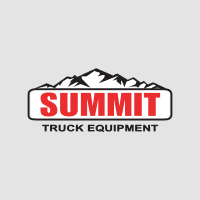




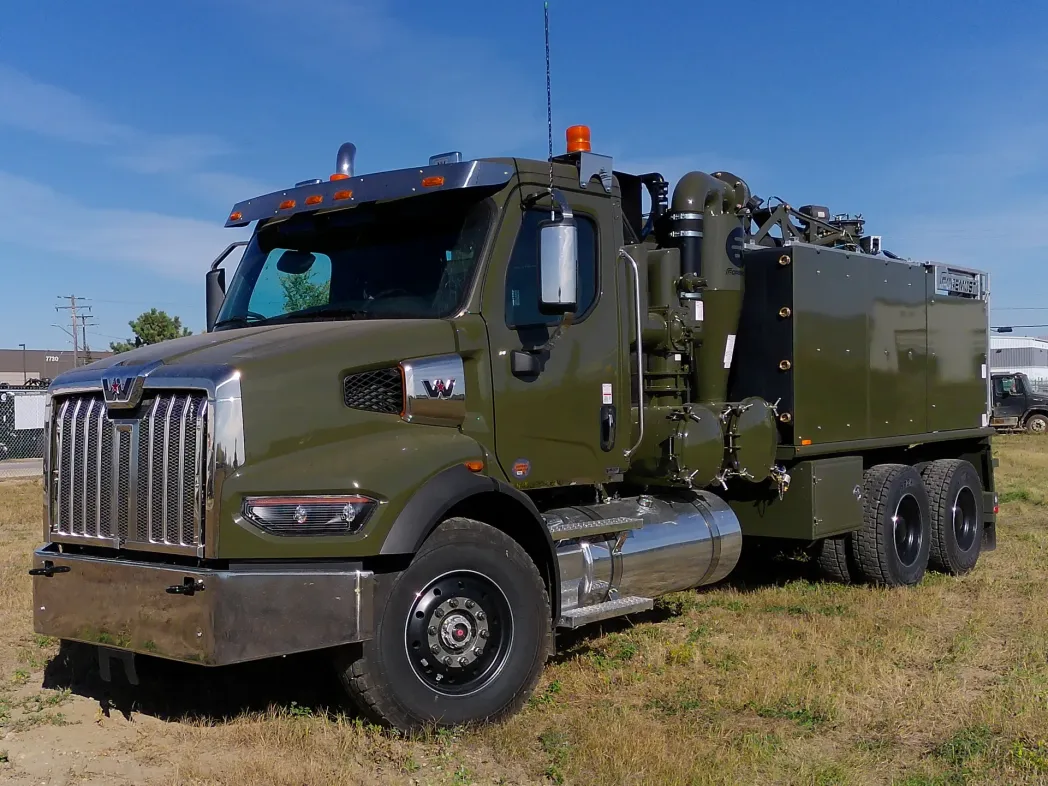

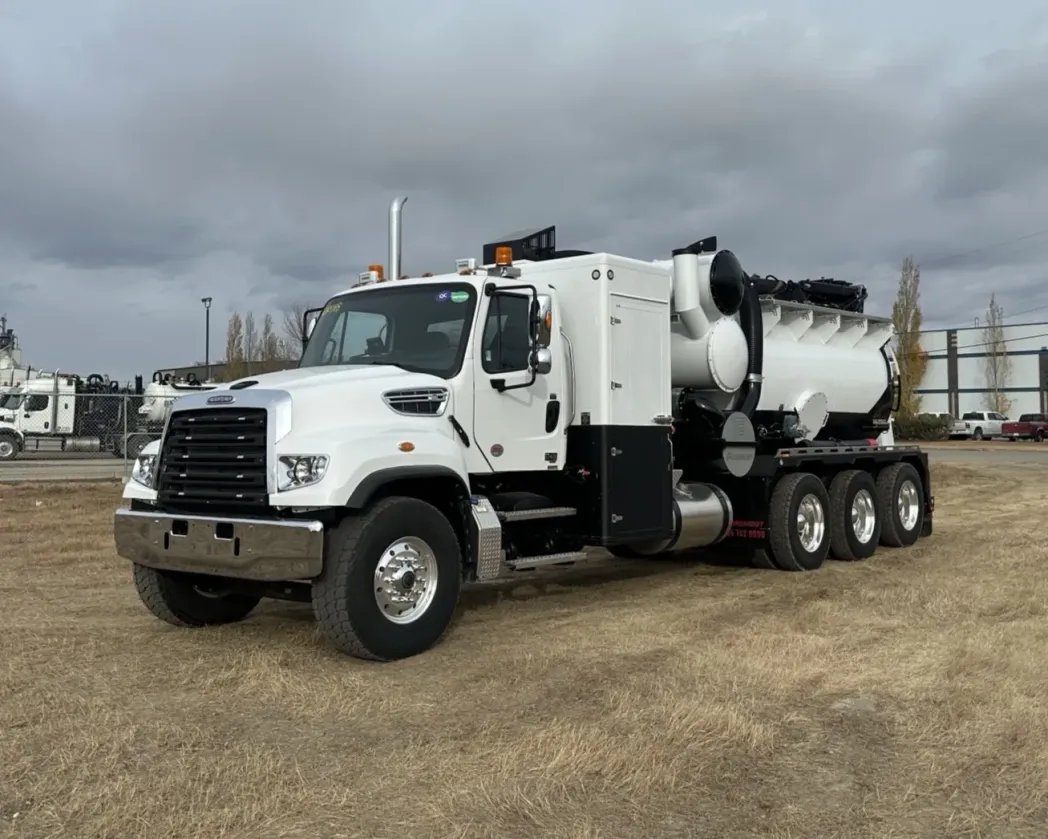

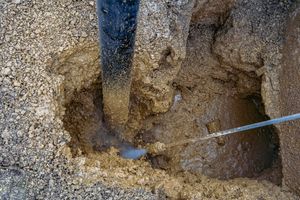

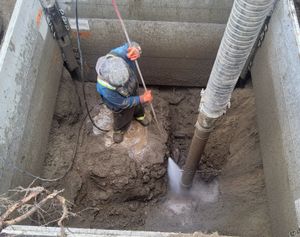

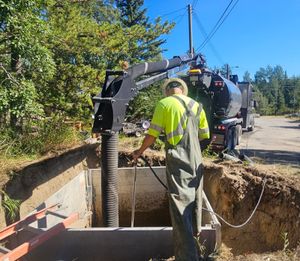


Share
Email
Facebook
SMS
Twitter